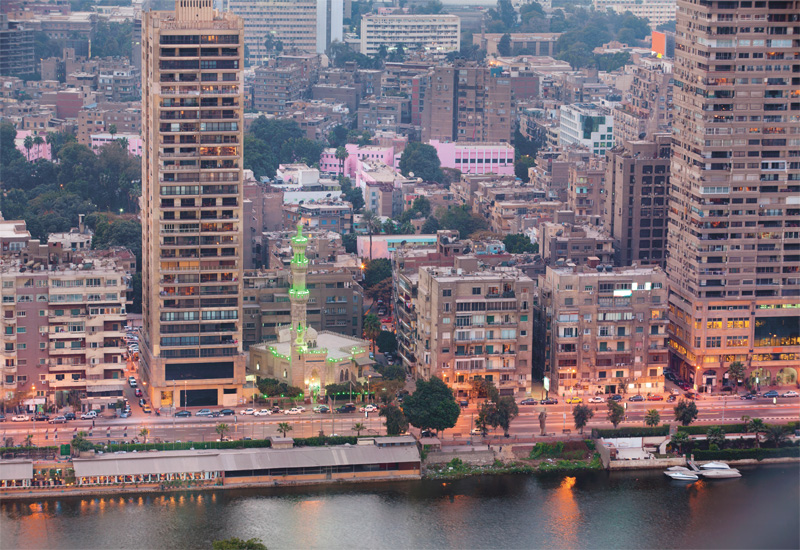Occupancy levels at hotels across the Middle East dipped slightly in July, largely due to the timing of Ramadan, although there was still strong growth in revenues.
According to data released by STR Global, occupancy rates were down 1.1 percentage points year-on-year to 47.4% during the month.
However, with average daily rates (ADR) up 10.6% to US $204.42, revenues per available room (RevPAR) rose 8.2% to US $96.87.
This year, Ramadan began on June 29 and ended on July 27, whereas last year it was between 9 July and 7 August.

| Advertisement |
“Ramadan occurred entirely in July which resulted in lower than usual levels of demand in what is typically the region’s weakest month of the year,” said STR Global managing director Elizabeth Winkle.
“The confluence of these factors resulted in lower than average performance for the month. We view this as an anomaly and would expect performance to improve in August.
“In Makkah and Medina, where the two holy cities typically welcome an influx of travellers during this time, we saw occupancy growth well over 20.0% for both markets in July. Makkah also saw a strong ADR increase, up 23.1% in July.”
In Saudi Arabia, occupancy levels were up 9.9% to 58.9%, while ADR rose 17% to SAR1,268.74 and RevPAR was up 28.7% to SAR746.94.
Meanwhile, in the United Arab Emirates, occupancy was down 7.9% to 46.0% and, although ADR increased by 4.2% to AED544.01, and RevPAR declined by 4.0% to AED250.21.
Among the other highlights in the region, Cairo (up +73.9% to 29.3%) reported the largest occupancy increase, while the biggest decrease came in Amman, down 20.2% to 34.4%.
Among the markets experiencing RevPAR growth of more than 15% were Manama (up 20.1% to US $72.94) and Cairo (up 82.6% to US $30.57).









 Search our database of more than 2,700 industry companies
Search our database of more than 2,700 industry companies









